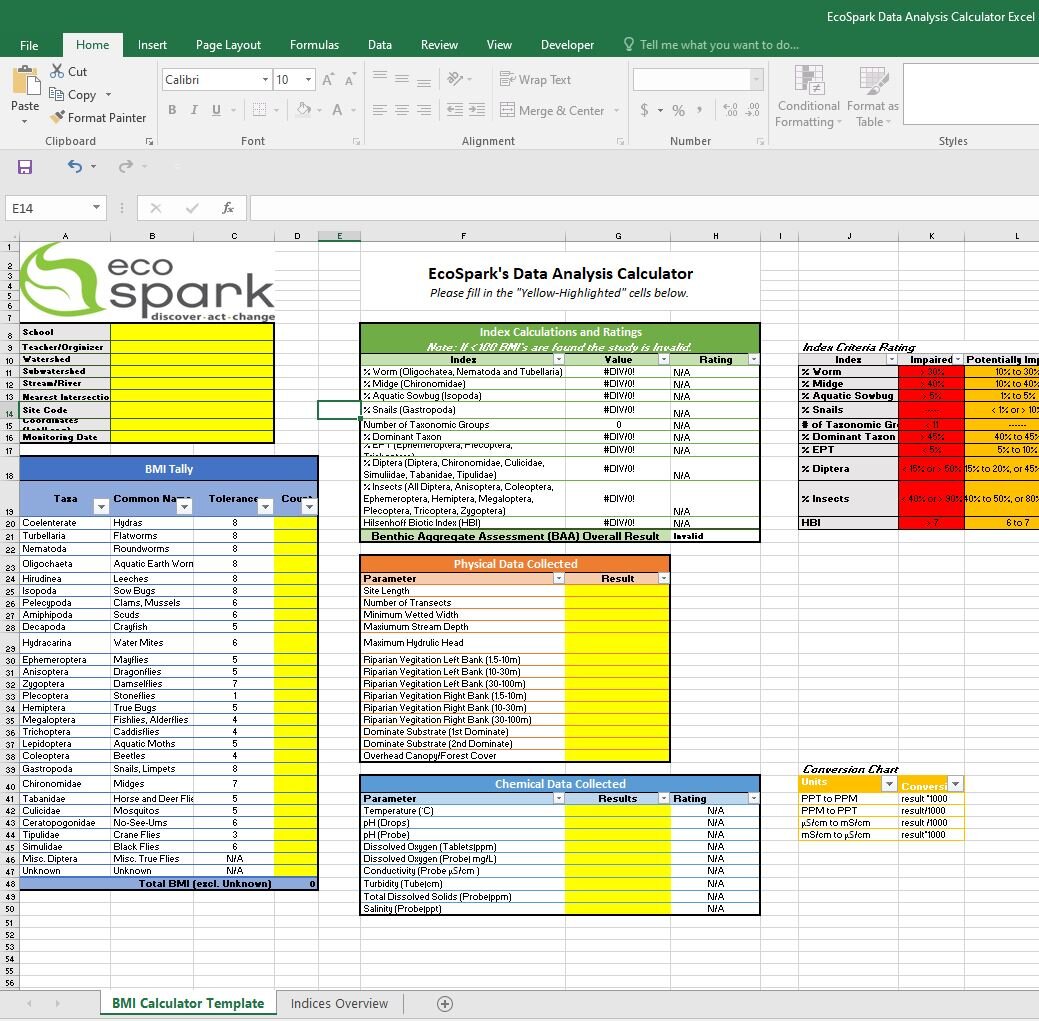TeachER Resources
EcoSpark provides high-quality curriculum connected materials to support our hands-on citizen science programming. Enhance your academic professional development with the materials below and download resources that will enrich student learning.
Preparing for your session
Must be emailed or submitted at the start of the session. Students without a signed form should be indicated to staff so they are not included in photos.
Photos are greatly appreciated because they help our not-for-profit share activities with funders and other classes.
Outdoor Safety and Comfort
Outdoor Learning Safety Considerations
Citizen science encourages students to explore the outdoors in new ways. EcoSpark goes beyond following school board guidelines and policies regarding outdoor education and introduces all students to the basics of safely exploring the natural world around them. We review school board guidelines and policies regarding outdoor work.
What to Wear for Outdoor Learning
Learn how to dress in different types of weather to thrive outside, including warm weather, cold weather, and rain.
School Watch Resources
School Watch introduces students, grades 6 to 12, to the world of citizen science through curriculum-linked classroom and on-site activities, customized to suit your curriculum needs.
The School Watch guide provides teachers with the information to get started and step-by-step directions to conducting citizen science projects on school grounds. It includes projects to monitor pollinators, measure tree canopy, and explore wildlife habitat. It also helps students reconnect to the natural world around them.
EcoSpark’s Citizen Science Calendar lays out the various citizen science programs that run throughout the year as well as those that run in certain seasons. Get involved in outdoor education and have a look at how your school can earn points towards an EcoSchool certification by participating in the programs.
Curriculum Connections
EcoSpark Programming Curriculum Connections
Download a list of the many Ontario Curriculum connections met by EcoSpark’s Changing Currents, School Watch and Greenbelt Youth Ambassador programs.
Lesson Plans
Below are some examples of completed sunprints.
Example sunprints:
Changing Currents Resources
The Changing Currents program introduces teachers and students to a scientific protocol for assessing the health of local waterways. The 3 presentations and data analysis handout below help teachers and students prepare for an exciting field trip that will bring their classroom lessons to life! The presentations introduce why monitoring is important, the scientific protocol steps and procedures – site section, sampling, sorting, and quantifying – and benthic macroinvertebrate (bug) identification.
Students will learn about watersheds and the importance of physical, chemical and biological monitoring as well as how-to monitor.
Review this presentation to learn more about the bio-monitoring protocols involved in the Changing Currents program with a step-by-step guide to field day activities and detailed information on how to fill out the data sheets.
Identifying Benthic Macroinvertebrates
This presentation will aid students in identifying all 27 benthic groups they might encounter during a Changing Currents stream study. This is a required component of the Specialist High Skills Major certification.
Manual Data Analysis Worksheet
When students return to the classroom with the data collected from their stream study, they’ll be ready and eager to do the final analysis. Was the stream impaired, potentially impaired, or unimpaired? Use this data analysis worksheet to manually calculate the water quality of your study site.
Following the Changing Currents stream study, input the physical site data, chemical data and benthic data into the BMI Data Analysis Calculator to generate an assessment using two benthic macroinvertebrate indices to learn more about the health of the stream studied.
Class Projects for Students
Are your students looking for projects to do? Check out the following resources:
Diverting and Collecting Rainwater
Localized Stream Action: Build a rainwater catchment system for your school and decrease the amount of rain water run-off flowing into your city's sewer system.
Changing Habits: Challenge your classmates, family and friends to develop healthy-stream habits to protect local waterways.
Communicating Results to Government and Business: Craft compelling letters to send to government officials and businesses who can make positive changes and/or decisions to improve the health of your local stream.
Press Releases and Newspaper Articles
School & Community Education: Learn how to Inform your community about what you’ve learned about the health of local ecosystems.
Additional Resources
The following publications provide a wealth of information for further environmental learning and related activities.
Sustainable Development Goals (SDGs)
Learn how EcoSpark’s programs align with the United Nations Sustainable Development Goals.
Trees of the Oak Ridges Moraine
Learn how to identify the most commonly found trees on the Oak Ridges Moraine.
In 2010, EcoSpark partnered with the Toronto District School Board to develop Our Solar Future, a program to connect school solar panels with elementary student learning.
An energy conservation guide for teachers with contextual information, instruction, suggestions and handouts to support a successful electricity conservation project with energy meters.






























